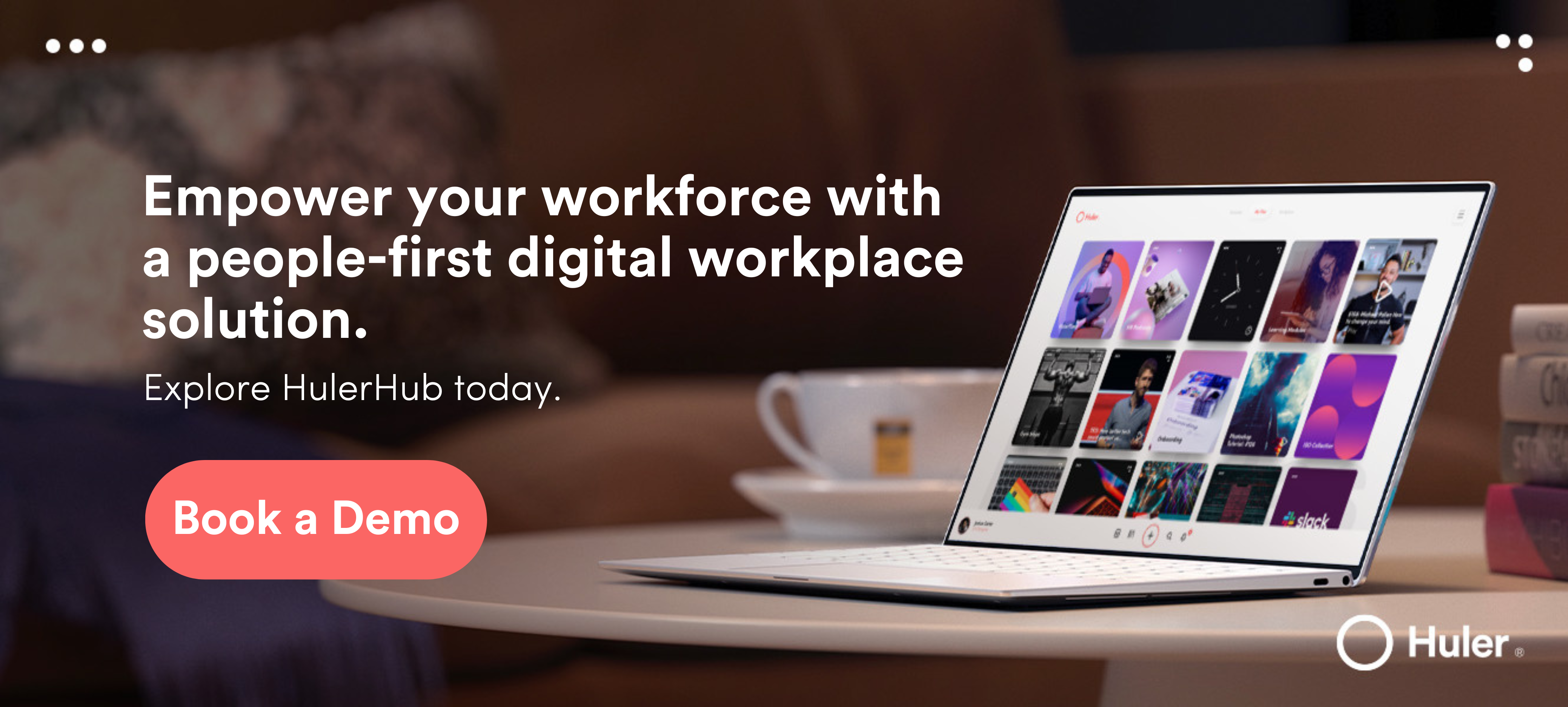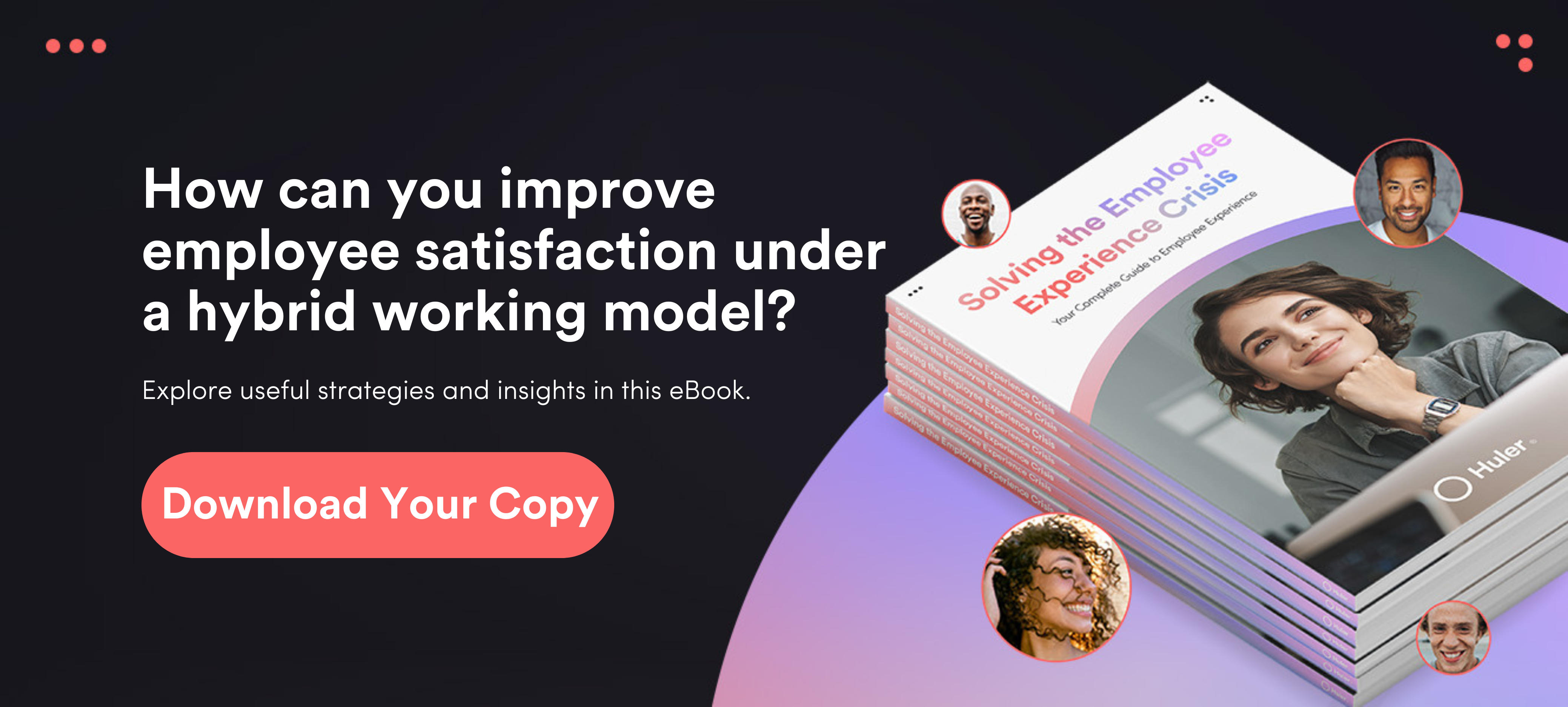As Covid restrictions are winding back for some and ramping up for others, hybrid work models offer up the flexibility organisations need right now to stay agile and responsive. But there’s another challenge facing all types of businesses who are looking to give employees the flexibility to work from home (or indeed from anywhere) while utilising the office for collaboration and innovation. And that is bias. Worse still, unconscious bias. The insidious type that can’t always be seen, at least not on the surface, but can most definitely be felt by everyone.
The good news is that once focused on, unconscious bias becomes visible. And when we are aware of it, we are better placed to challenge it and create better working environments for everyone.
Unconscious Bias And Hybrid Work
In this article, we’re going to look at 3 key reasons unconscious bias is standing in the way of your hybrid work model. Better still, we’ll also share some tips on how you can overcome it and enable successful and productive work from anywhere capability in your business.
Out Of Sight, Out Of Mind
When we are babies, we lack something called object permanence. This means that we can’t understand that an object still exists when it’s out of our sight.
Can you see where we are going with this?
As individuals, we grow out of this egocentric stage fairly quickly and learn that the world does actually exist separately from our point of view and experience. But yet, even as adults we still find ourselves forgetting about things, sometimes intentionally, others not, when they aren’t right in front of us. Hence the old saying: out of sight, out of mind.
This seems particularly true in the workplace right now. Remote and asynchronous workers are being forgotten or overlooked in a number of areas ranging from communication to recognition and promotion, simply because they aren’t physically present.
The big issue with this is, aside from lack of equality and potential legal ramifications, that your workforce as a whole sense this and adjust their behaviour accordingly so as not to be penalised by this kind of unconscious bias.
At the end of the day, that means your hybrid work policy fails, and everyone returns to the status quo. Or, worse, you potentially lose out on your best people because they become jaded and disengaged due to being overlooked and ignored for so long.
Before you know it, not only has unconscious bias stifled your hybrid working model, it’s done a number on your employee engagement, productivity, staff turnover, customer experience, and growth. Yikes.
Working Hard Or Hardly Working?
Way before the pandemic, back in the heady, carefree days of 2012, Mayor of London at the time Boris Johnson declared that home-working was a ‘skiver’s paradise’. He continued:
“We all know that [working from home] is basically sitting wondering whether to go down to the fridge to hack off that bit of cheese before checking your emails again.”
Aside from the fact that quote hasn’t aged well, all things considered Mr Johnson was actually voicing a very valid concern which still persists despite many of us being forced to down tools and work from home in the midst of a global pandemic.
The result has been a sharp rise in the use of employee monitoring tools for the WFH crowd. While digital monitoring is not entirely new to employees, it has certainly become more intrusive. Where once upon a time these methods of keeping tabs on us were confined to the physical workplace, now they are in our homes and private lives, which adds a whole new dimension to proceedings.
The introduction of these types of tools and technologies suggests a lack of trust and transparency in some cases. And unsurprisingly a lot of employees don’t take kindly to the suggestion that they aren’t committed to their jobs, which can lead to a whole host of problems such as a drop in engagement and motivation, staff members leaving, or burnout.
There’s No WFH In Teamwork
There’s a long-held belief that individuals can’t innovate remotely. Furthermore, many people still believe that collaboration can only happen in an office or site-based space. Both are untrue. But when one subscribes to this belief they are unlikely to open their eyes to the possibility that collaboration can happen anywhere with the right mindset and tools.
A knock-on effect of this is that employees aren’t given the tools they need to be collaborative remotely or otherwise. And so the idea perpetuates itself.
What this boils down to is a chicken and egg type situation. The truth is, that anyone can be collaborative anywhere if they are equipped to do so. When a hybrid working model is considered and this avenue isn’t explored, it’s quite easy to write it off as a bad idea because, of course, who can innovate in a vacuum?
It is this kind of bias that stifles innovation. Not hybrid work. In reality, successful hybrid working models understand the nuances that come with collaboration. They take into account that face to face meetings might sometimes be the best course of action, but also take steps to accommodate remote colleagues too and include them in that collaborative process.
Overcoming Unconscious Bias In A Hybrid World
So, what can you do to overcome unconscious bias in a hybrid world, and embrace all the benefits a well planned and executed model can bring?
Be Proactive, Not Reactive
Unconscious bias is most likely to rear its ugly head when you make quick decisions. Which makes complete sense, when you think about it. When you use your fast thinking brain to make a decision, you’re less likely to stop and consider the implications for others. Instead, you’ll only use your own frame of reference, therefore excluding others who experience the world differently to you.
The only way to overcome this is to pause in the decision making process and view the situation from a number of different angles. Better still, consult a diverse range of individuals in your decision making process to better understand how certain courses of action might affect others.
Focus On Output
Once upon a time, managers would feel reassured that their teams were being productive just by glancing around the office. They could see the people who arrived at work early and left late, those who worked through their lunch breaks, and those who looked the busiest, all in one place and make assumptions about performance accordingly.
Of course, this way of measuring output and productivity has always been fallible. We know from presenteeism statistics that employees can be physically present but unproductive for a number of reasons. So there’s no way we can truly gauge how successful a person is at their job by just observing them in a physical office space.
Lots of managers have grappled with this since the pandemic and the rise in working from home. They are gripped with the overwhelming fear that employees aren’t as productive, because they can’t see them. But, again, that’s not the fairest (or most accurate) way to judge a person’s performance.
To overcome this kind of bias, organisations need to be very clear on how they go about measuring employee success. Measurable objectives are the only way to fairly monitor and track performance away from unconscious bias.
Train Managers To Support Remote Employees
Managing remote and hybrid employees can be tricky if you’ve never done it before. What works in a face to face setting is likely to not be as effective or reliable in remote settings, and vice versa.
But you can’t expect your managers to be able to support their employees if they aren’t themselves supported to do so. Giving your managers the right training they need to understand the challenges of remote employees and provide support and advice accordingly is the first step to creating more equal remote and hybrid working environments.
Invest In The Right Tech
According to a 2021 list, the worst things about working from home or remotely include:
- Isolation
- Feeling ‘always on’
- Difficulty collaborating
- Lack of communication
While technology isn’t the ultimate answer to all of these problems (we maintain that human connection comes above all else in the world of work), they can certainly ease some of the frustrations and challenges felt by remote and hybrid employees.
The rise of the employee experience platform, for example, speaks directly to this problem. These platforms are designed to give employers better control over the digital interactions employees have during their working day, and they often bring with them a variety of features, such as happiness tracking and wellbeing resources, designed to answer the above problems.
Technology can be used to bridge the gap between on-site and remote employees, and those who favour a mixture between the two – as long as it is used in the right way.
Build An Inclusive Workplace Culture
A great workplace culture understands that our differences are what makes us great. To harness the power of your workforce, it’s important to build an inclusive community that priorities diversity and equality.
Doing so will go a good way to ensuring that no one in your business feels excluded, regardless of when, how or where they work.
Why is this so important? Well, at the end of the day, your people are probably the most important part of your business. Without them, the wheels fall off. But when they are empowered with the flexibility and trust to work in a way that is productive for them, you’ll find that they are firing on all cylinders and able to bring their best, whole selves to work – which is when the magic really happens.
It’s true that unconscious bias isn’t a new thing. Even in relation to remote working. It has, however, in recent years become something that has had a much bigger impact on individuals, many of whom were initially forced to work remotely.
Here at Huler, we believe that work can happen anywhere with the right infrastructure in place. We also believe that hybrid work models are the future of work, as not only do they provide the flexibility that the modern workforce craves but also take into account the power and positivity of in person interactions.
That’s why we are committed to developing people-first software, including HulerHub: the world’s best-looking, fully personalised employee experience platform, alongside bespoke solutions and effective digital learning experiences. To find out more, contact us today or book a demo to see HulerHub in action.







